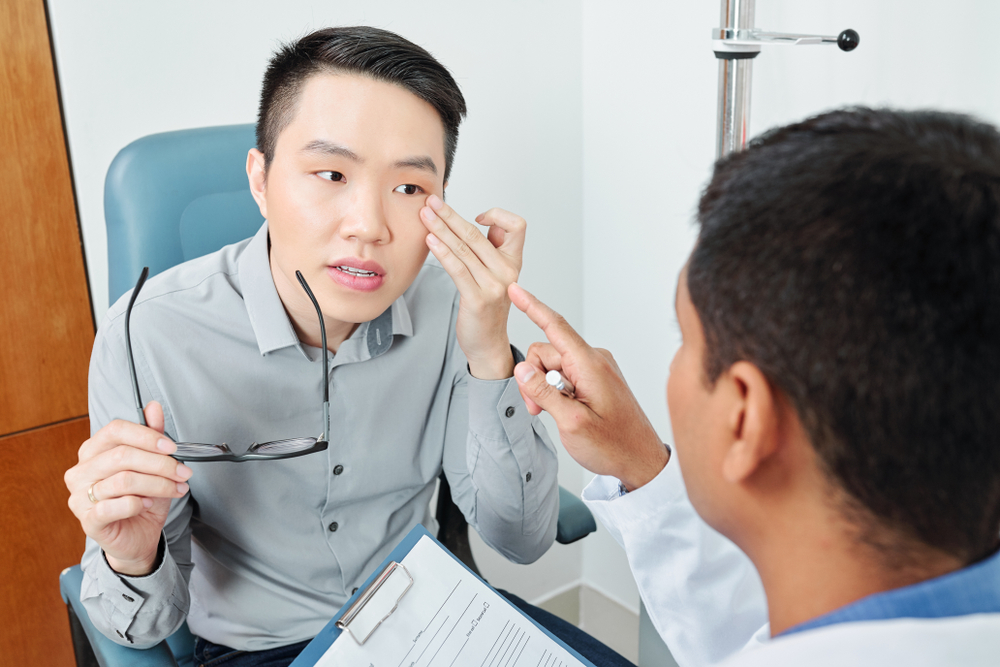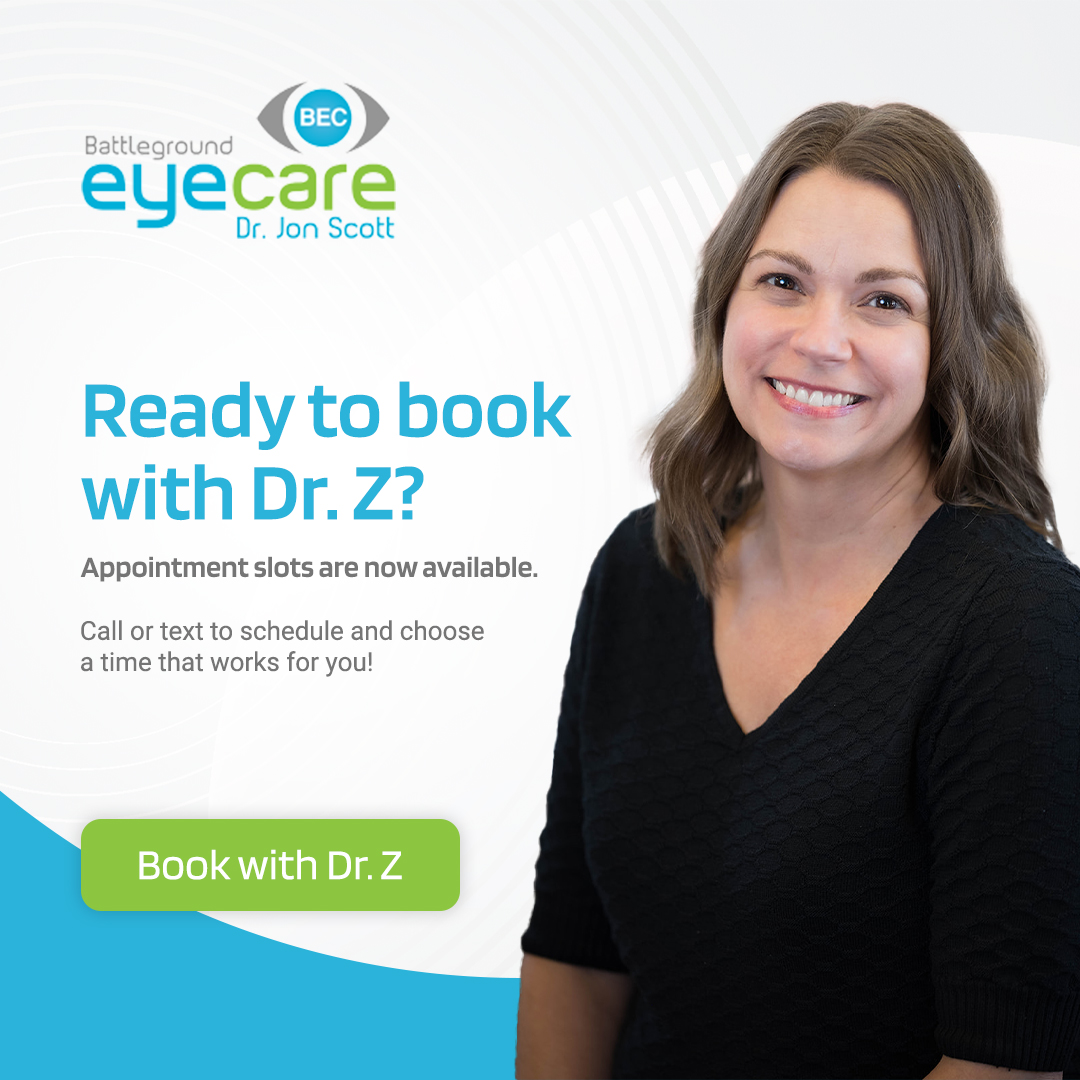
There are many different diseases and conditions that can affect our eyes. One of the most common is often known by the name ‘pink eye’. Its official name is conjunctivitis. Most people will suffer from conjunctivitis at some point during their lifetime.
It can be very helpful to know the signs of the condition so that you can seek the right treatment as soon it develops. This will help you to avoid some of the unpleasant symptoms, as well as in some cases, spreading it to other people around you.
What is Conjunctivitis?
Conjunctivitis is an eye condition that is characterized by the inflammation of the conjunctiva, which is the thin, clear tissue that lines the insides of the eyelids and covers and protects the whites of the eyes.
There are several different types of conjunctivitis, and these are classified based on their underlying cause.
Viral Conjunctivitis
Most people get viral conjunctivitis. This is where a virus invades the eye, and the harmful microorganisms cause the symptoms associated with the condition. Viral strains are often the most contagious, and the disease can spread quickly among groups of people, particularly in school and kindergarten settings. There are treatments available that can help with the symptoms of viral conjunctivitis but left alone, it will go away on its own.
Bacterial Conjunctivitis
In bacterial conjunctivitis, the condition is caused by an infection. This can happen if you don’t wash your hands before touching your eyes, as you could transfer bacteria to your eyes. It’s also more commonly seen in people who wear contact lenses and don’t practice good hygiene and cleaning. Bacterial conjunctivitis can sometimes be a little more serious since it is an infection, and it’s unlikely to go away without treatment.
Allergic Conjunctivitis
As the name suggests, this is where pink eye symptoms are caused by having allergies. Eye allergies are extremely common and can be caused by many different things, from tobacco smoke and chemical fumes, to grass and tree pollen, dust mites, and mold spores. Like viral conjunctivitis, there are treatments that can help to alleviate the symptoms. However, the best course of action is to try and limit your contact with the allergen triggering your reaction.
Symptoms of Pink Eye?
There are many different symptoms associated with pink eye, with some being more common in certain types than others. For example, the viral pink eye tends to start in one eye and it’s a few days before the other eye becomes affected. However, the general symptoms to be aware of include:
Bloodshot eyes (giving them the pink appearance that gives pink eye its name)
Eyes feel burning or gritty
Eyes are itchy and irritated
Excessive watering
Your eyes may be producing pus that sticks to your lashes or sticks your lashes shut when you wake up in the morning
People who have allergic conjunctivitis may also experience other allergy symptoms such as coughing, sneezing, and blocked sinuses.
If you experience any of the symptoms listed above, we strongly recommend that you speak to your eye doctor to obtain a diagnosis and treatment to reduce the effects.
Treatment for Pink Eye
Although pink eye is rarely serious, it can be helpful to get treatment to help reduce its impact on your life while you have it. Exactly what treatment you’ll be offered will depend on the type of conjunctivitis that you have.
Viral conjunctivitis usually goes away without much need for intervention, but it can help to use artificial tears to help flush away any irritation. You’ll also be advised to keep your eyes extremely clean, using different cloths for each eye. If your symptoms don’t go away in around 7-10 days, your eye doctor may prescribe antiviral medication to help.
In the case of bacterial conjunctivitis, you’ll almost certainly need antibiotics to treat it fully. These are usually antibiotic eye drops that should be administered exactly as directed. In rare cases, oral antibiotics may be a suitable alternative. Again, it will be important to keep your eyes clean to avoid reinfection.
Allergic conjunctivitis may be treated with antihistamines, taken either orally or in the form of eye drops. You may also benefit from using artificial tears to keep the surface of the eye moist and flush out allergens to reduce their effects.
For more on the symptoms and treatment of pink eye, visit Battleground Eye Care in Greensboro, North Carolina. Call (336) 564-6800 to schedule an appointment today.







